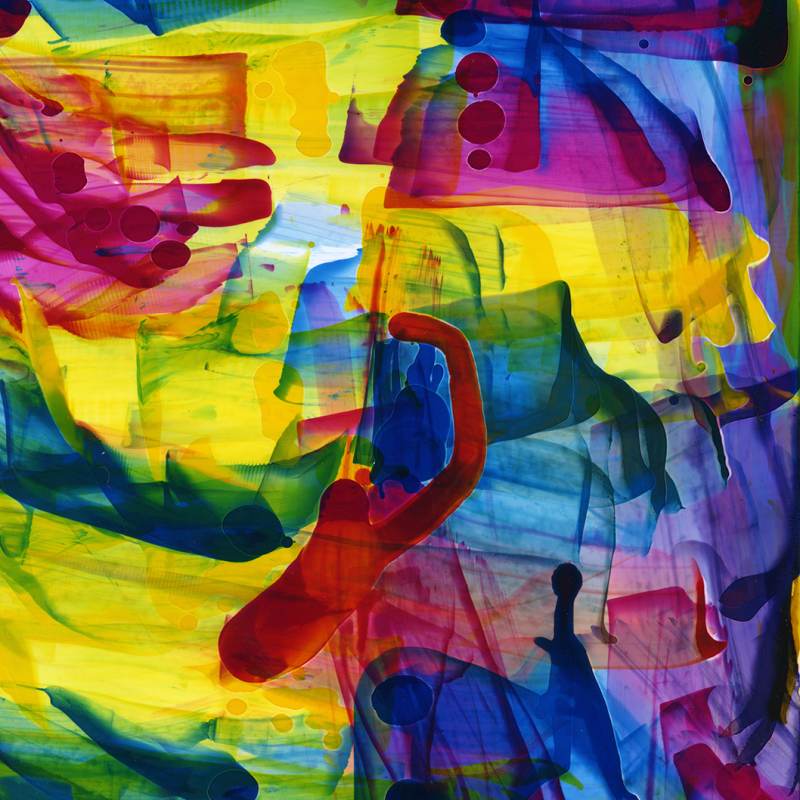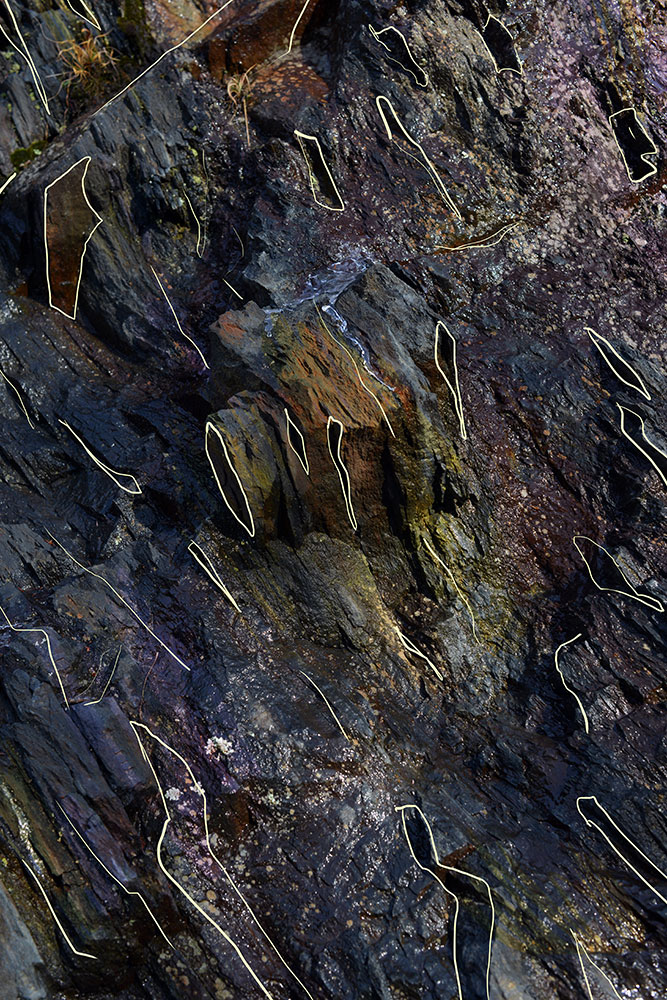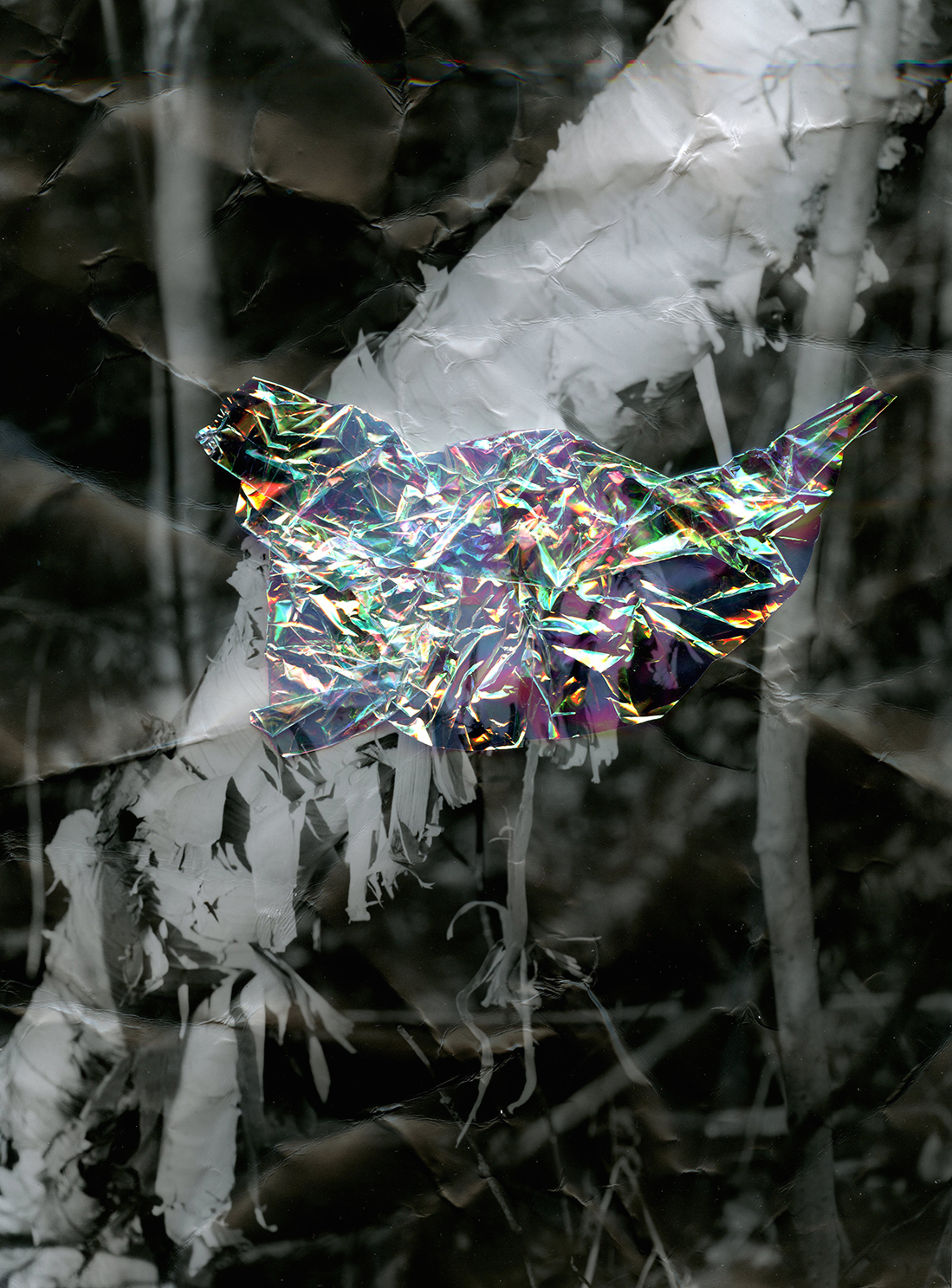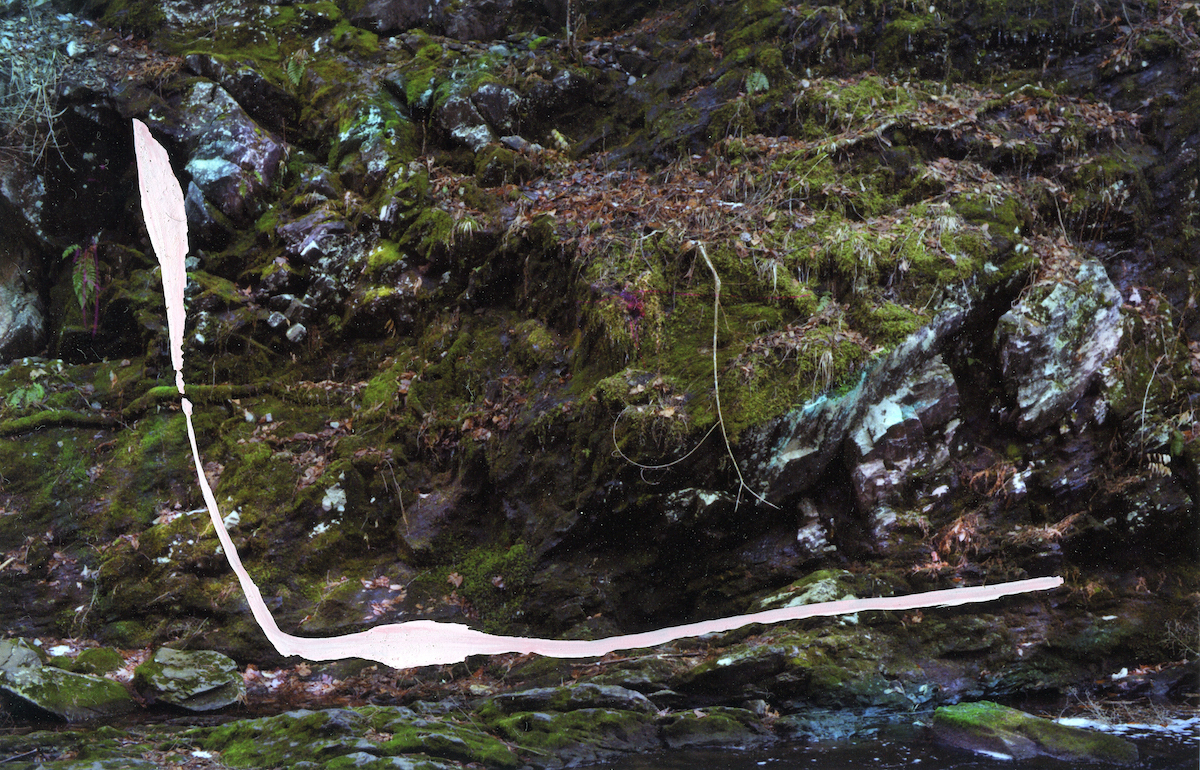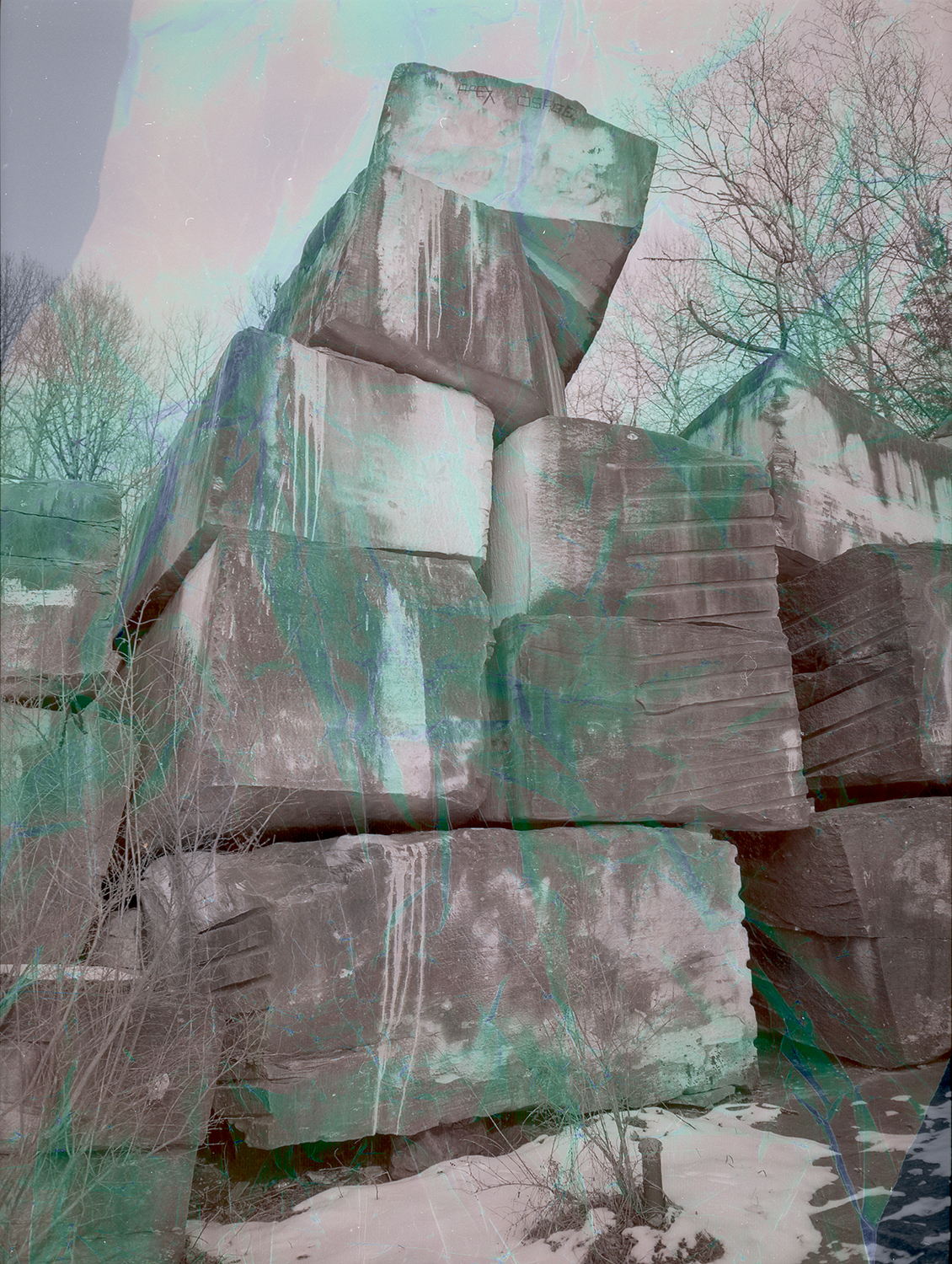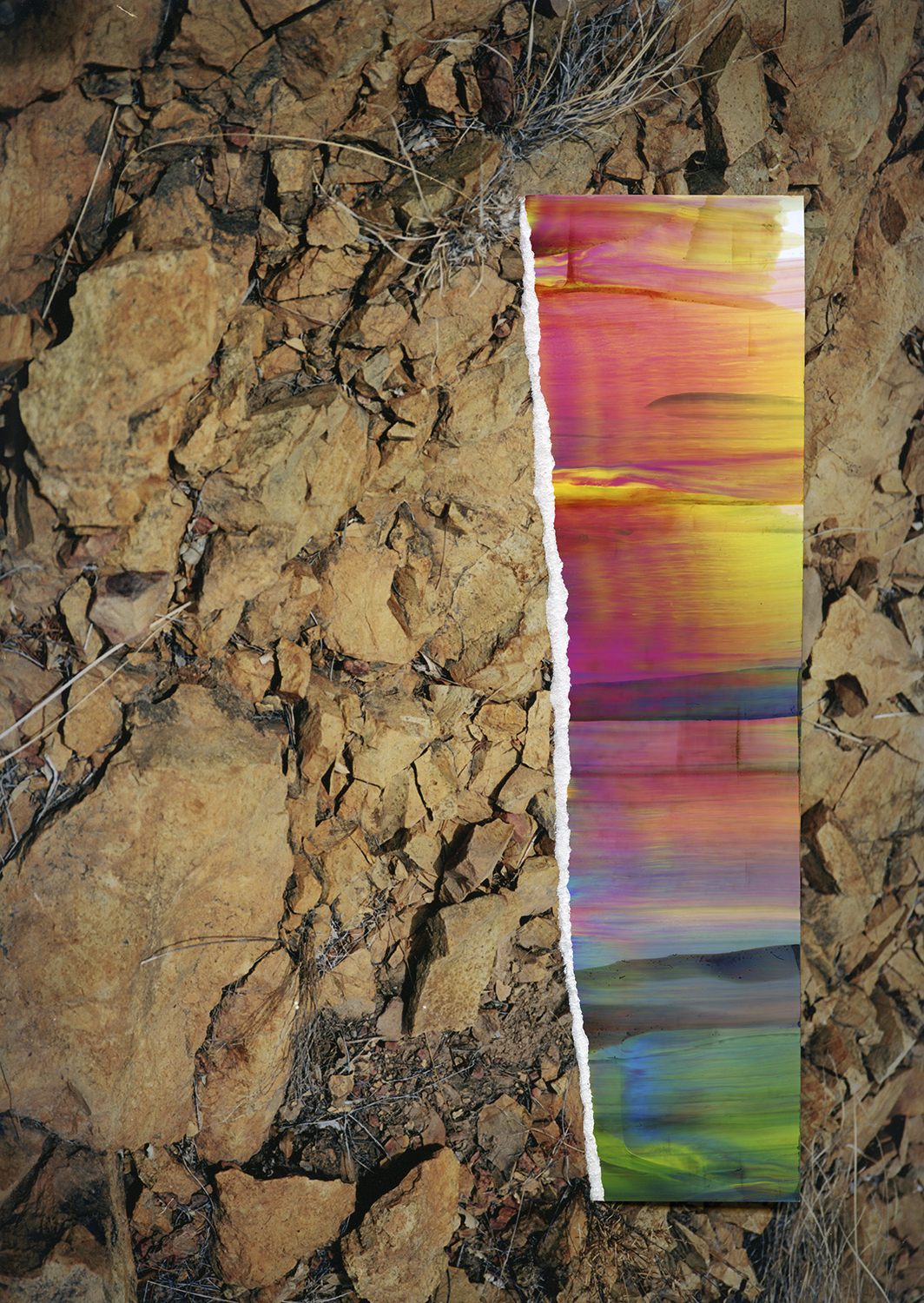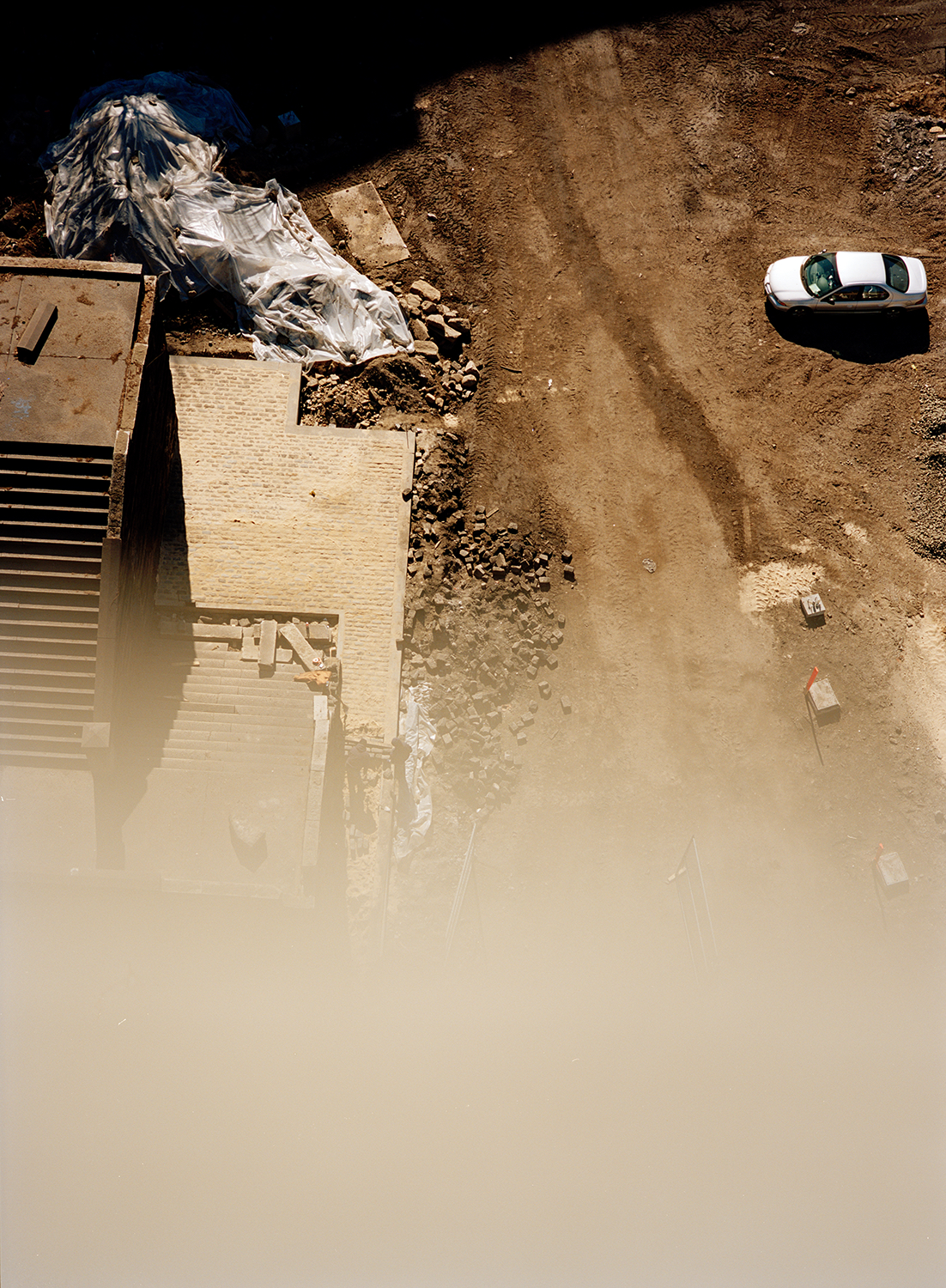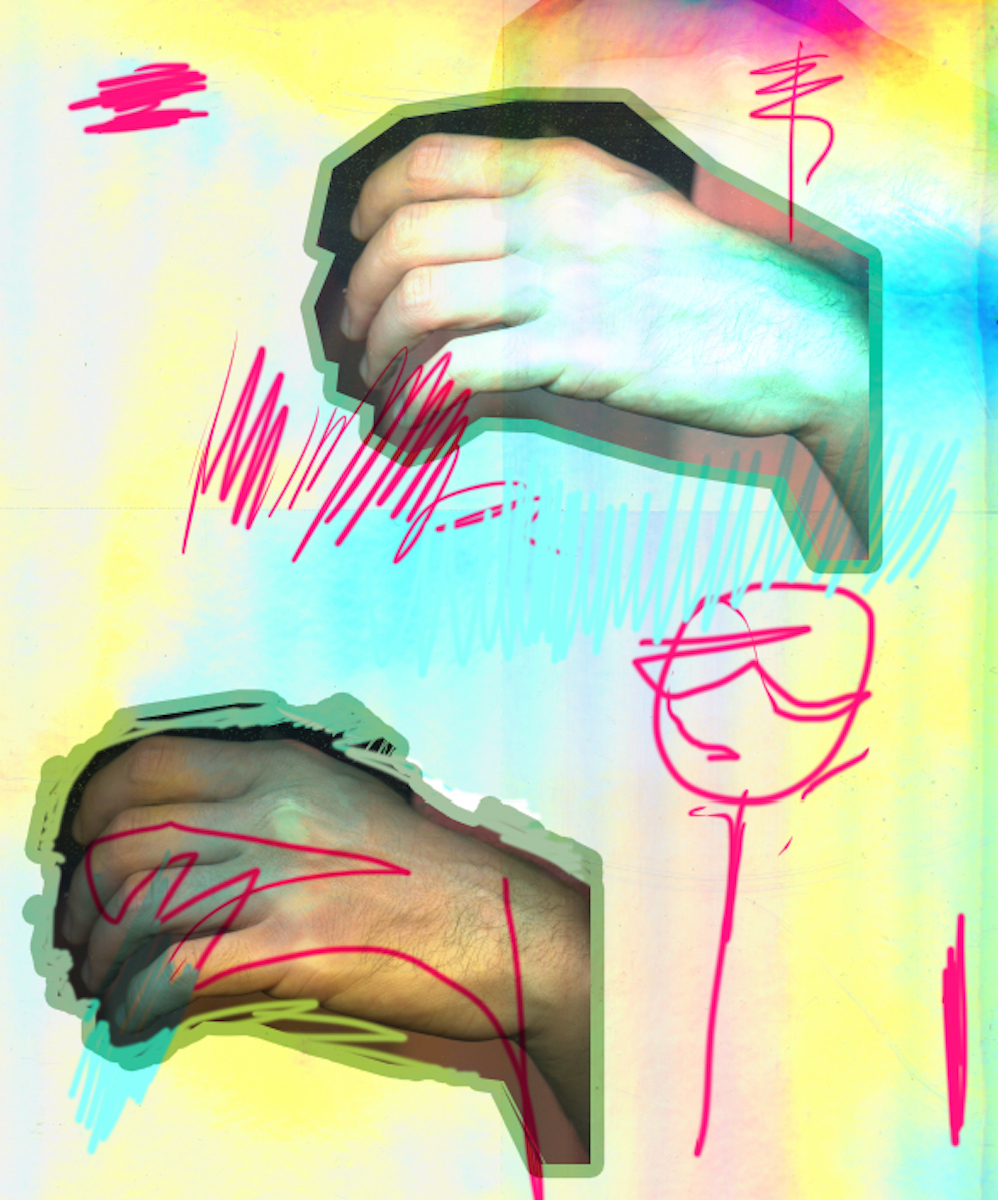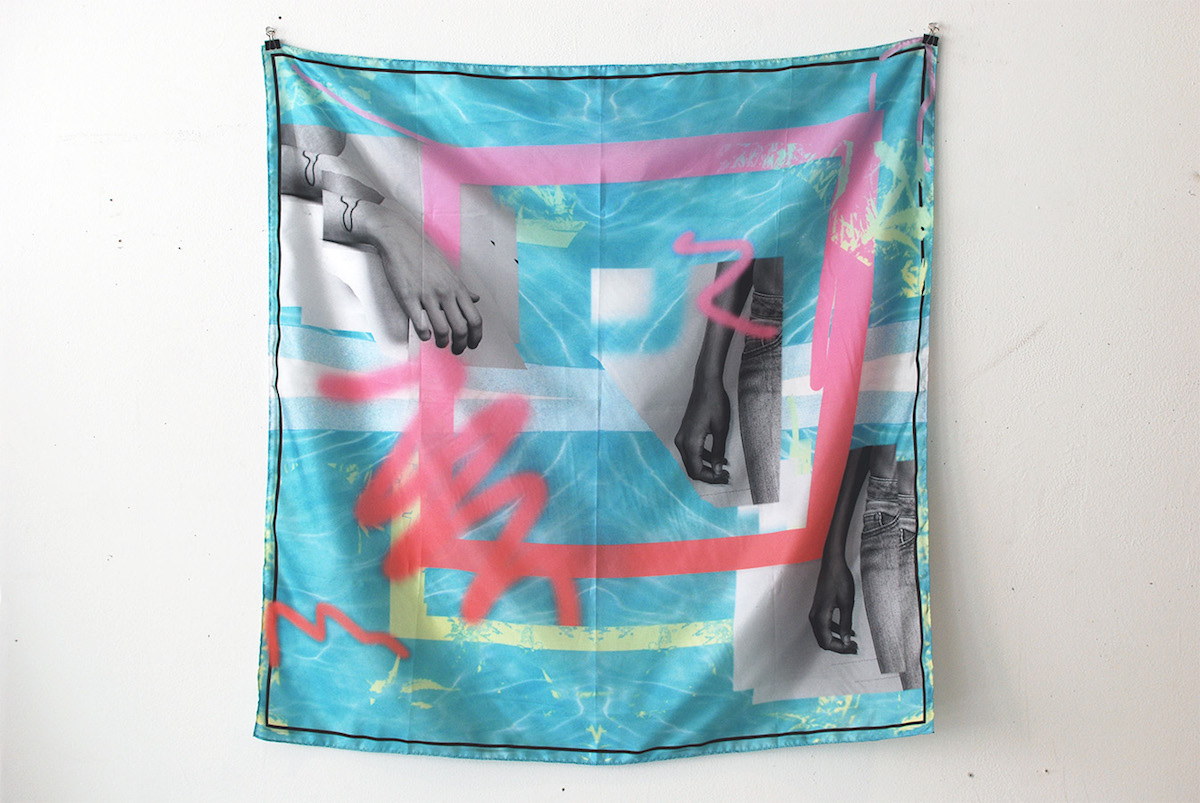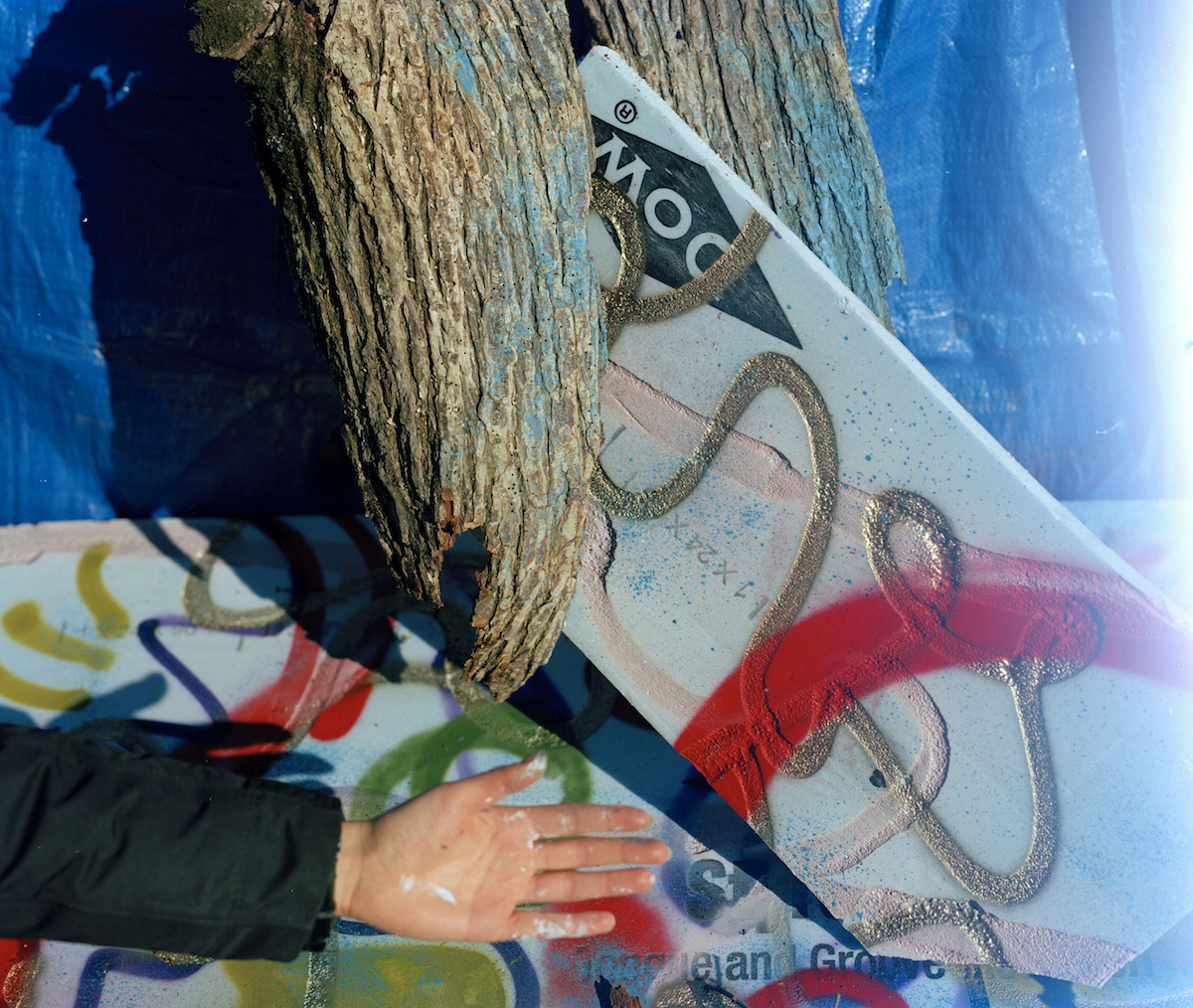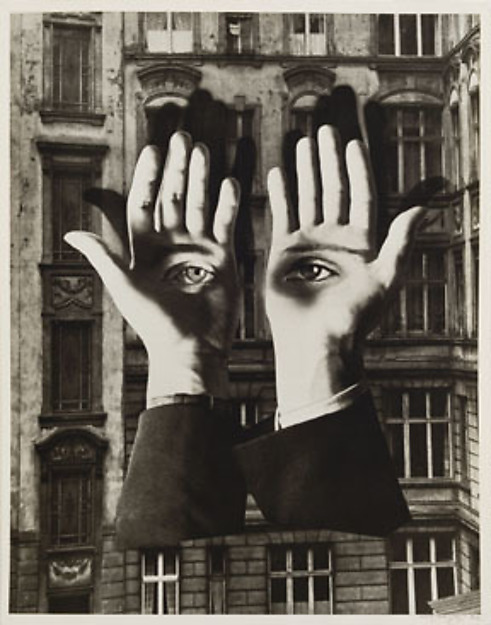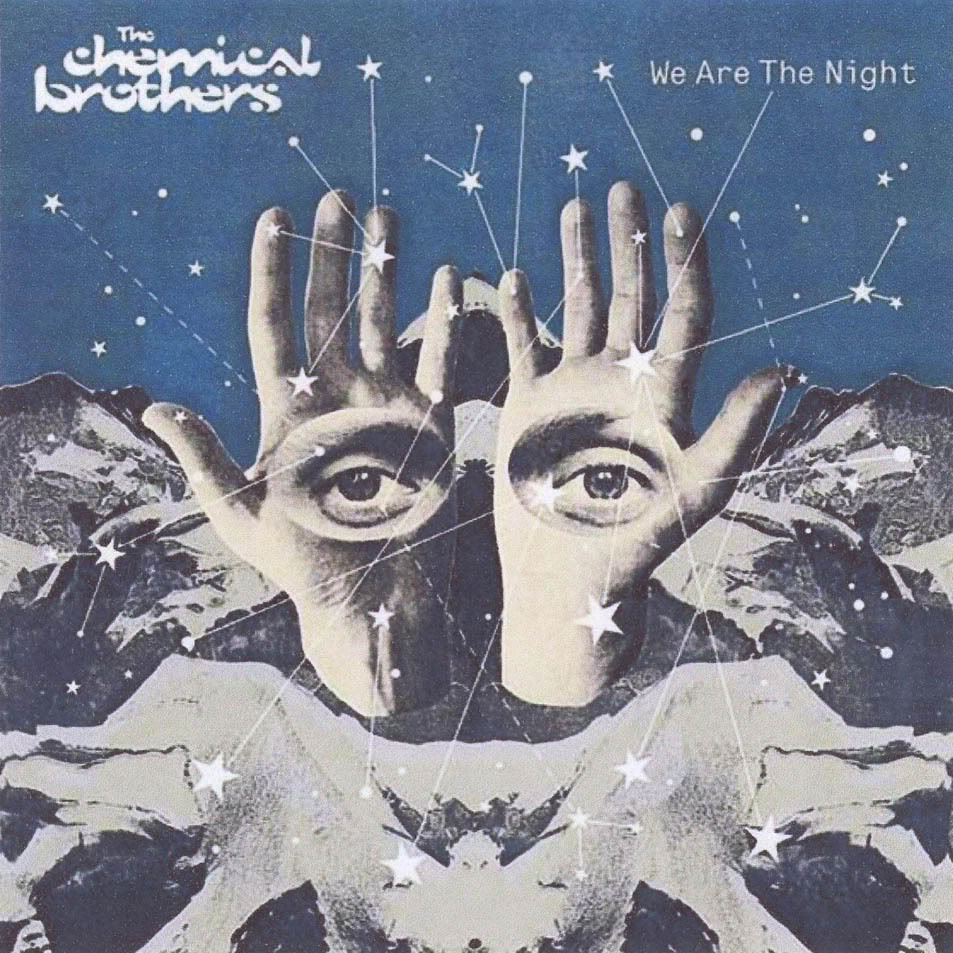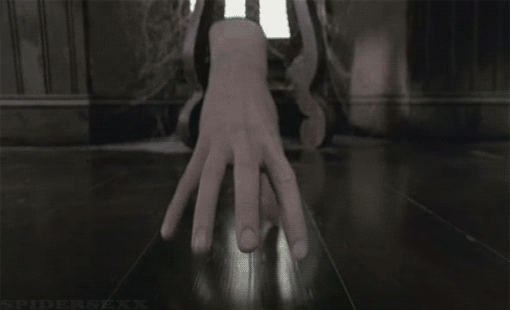Touch ID : Charlie Rubin’s Tactile Images
Photographs alone aren’t enough for Charlie Rubin. In his recently completed body of work, Strange Paradise, many of his images are printed as straightforward photographs and then painted with inkjet pigments. These altered prints are scanned, and the ink becomes another layer in the new version of the photo. Although the technique of layering both digitally and physically is not particularly unique to Charlie’s work, his playful take on it is a reflection of his multifaceted practice. If you haven’t seen Strange Paradise in book form up close, its materials (embossed endpapers, orange foil-stamping, a sticker pack) are a perfect complement to Charlie’s photographic assemblages.
I’ve been familiar with Charlie’s work for a few years, but when I asked him to send me some of his newest images for this post, I noticed a quality that exists through all his recent work that I’d never recognized before. It started with these images:
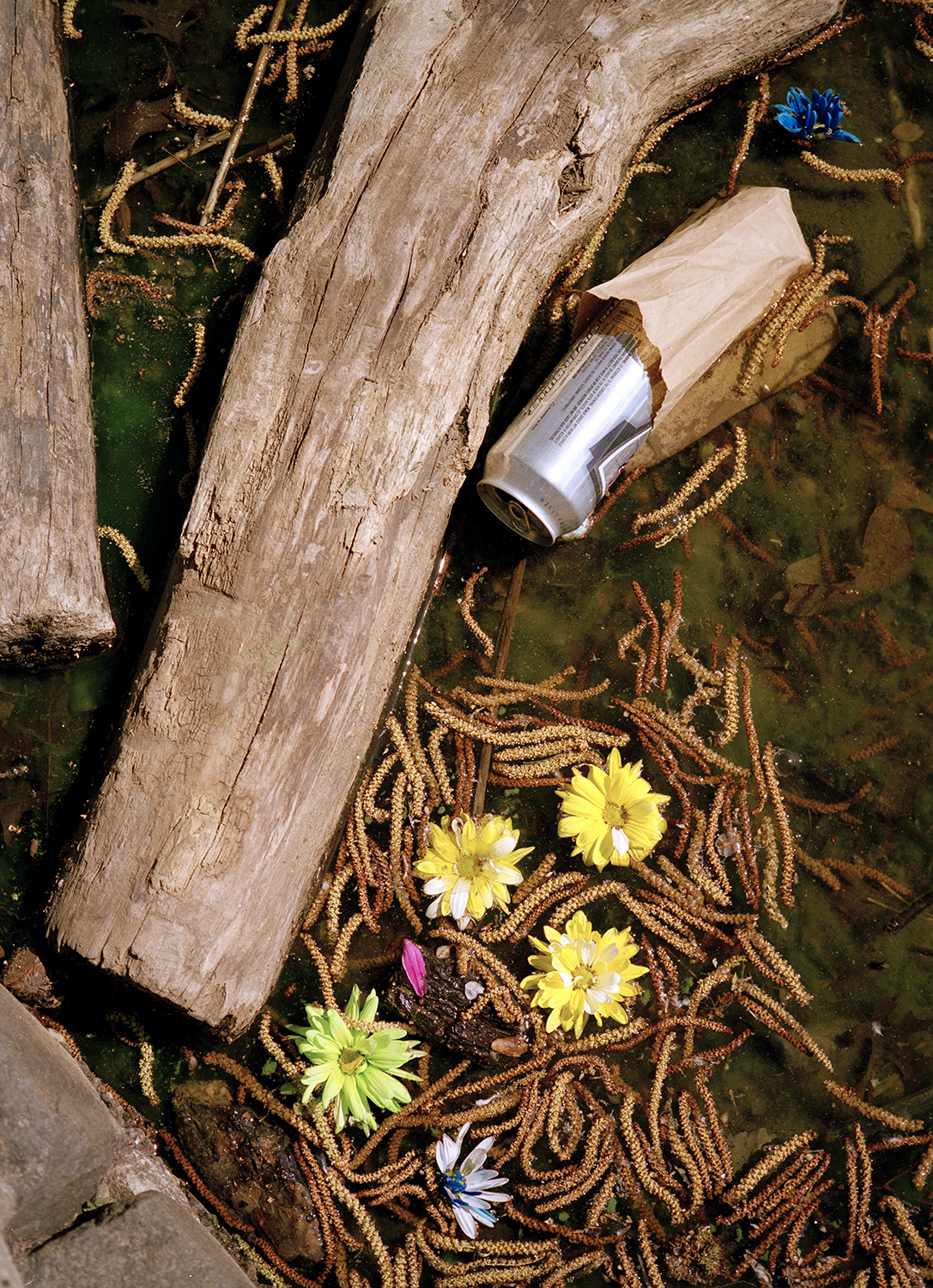 It may be the prevalence of water or shimmering ripples of color in these images combined with Charlie’s love of inky washes, but I immediately thought of videos and photos I’ve seen online demonstrating surface tension. Typically these are high-speed and, like all high-speed imagery, they utterly transform even the most banal of everyday events. Take this high-speed video of water droplets snapping into a pool a water much more abruptly than it would appear at normal speed:
It may be the prevalence of water or shimmering ripples of color in these images combined with Charlie’s love of inky washes, but I immediately thought of videos and photos I’ve seen online demonstrating surface tension. Typically these are high-speed and, like all high-speed imagery, they utterly transform even the most banal of everyday events. Take this high-speed video of water droplets snapping into a pool a water much more abruptly than it would appear at normal speed:

Water droplets shot at high-speed
Charlie’s work seems to me to be capturing a moment of flux or transition, where objects and their environment are bending or just about to collapse together. Like this image of a water balloon snapping, its contents momentarily suspended in the air before gravity kicks in:
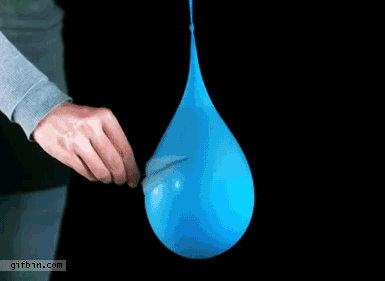
High-speed video of a water balloon popping
Or even something as seemingly simple as a paperclip floating on water, leaving deep impressions on its surface but somehow not breaking it:
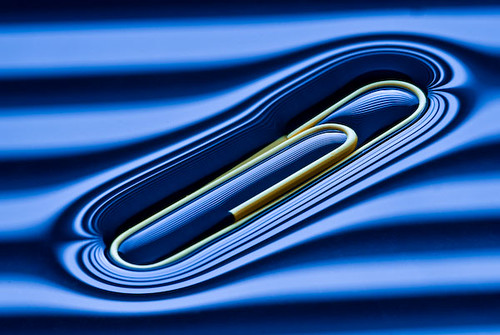
A paperclip floating on a pool of water
I think what’s appealing about these kinds of videos and images is that they don’t play any tricks on us; they show us the hidden side of what’s right in front of us. And in some sense, isn’t that what art is supposed to do, too? It’s not uncommon to find artists, Charlie included, working with heaps of banal, everyday materials. In many cases, its because they know there are things hidden in all this…stuff…that is sitting right in front of us, and their job is to uncover it, and to show it to us.
Something else that struck me about some of Charlie’s recent work is the recurring images of hands, disembodied and floating in a flattened, zero-perspective space:
I asked him about this, and his response — after denying my accusation that he might have a weird hand fetish — was that the hand is a way to keep things grounded in human, physical reality. For Charlie, the hand is a counterweight to the digital space of the computer. Charlie is clearly in good company, considering this recent exhibition at MoMA dedicated to hands. And beyond MoMA’s fantastic historical examples, many of which share Charlie’s graphic sensibilities, I can’t help but think of this:
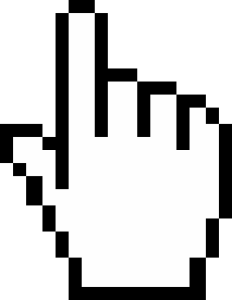
Vector image of a hand used as a mouse cursor
…and this image made by the longest surviving Bauhaus member, Herbert Bayer:
…which (after being transformed into this letterpress design) inspired this 2007 album cover:
…and of course, there’s Thing:
By “showing us his hand” in the work — literally or figuratively — Charlie asks us to look more deeply at the tactile world that lies directly in front of us. Images of hands have been invoked historically to represent political unity, hard work, a connection to a computer interface, or in the case of Bayer (and Thing) something transcendental, magical, or surreal. Whether we actually see an image of the hand or not, Charlie’s layering of images and washes of ink, or his unconventional materials (one of his custom-printed silk scarves appears above) remind us that touch is perhaps the most powerful human connection with both the physical and the digital world. Look no further than your pocket for proof: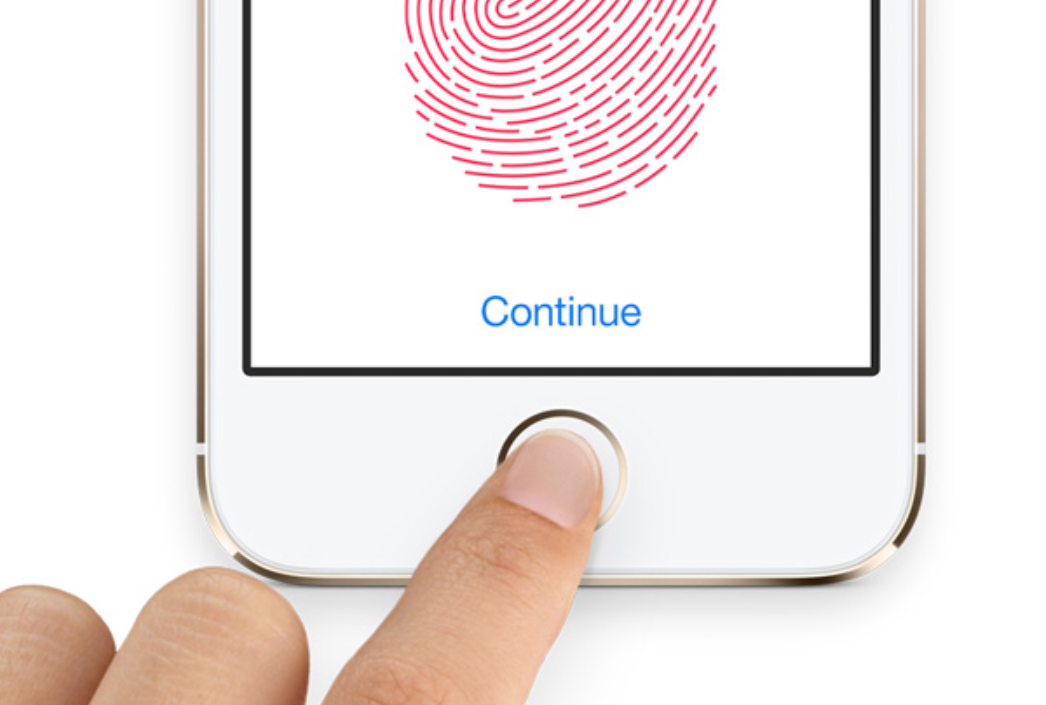
If you’re in Los Angeles, you’re lucky enough to have a chance to stop in on Charlie’s first solo exhibition with Kopeikin Gallery through June 6th. If you’re elsewhere, here are a few shots of the show:
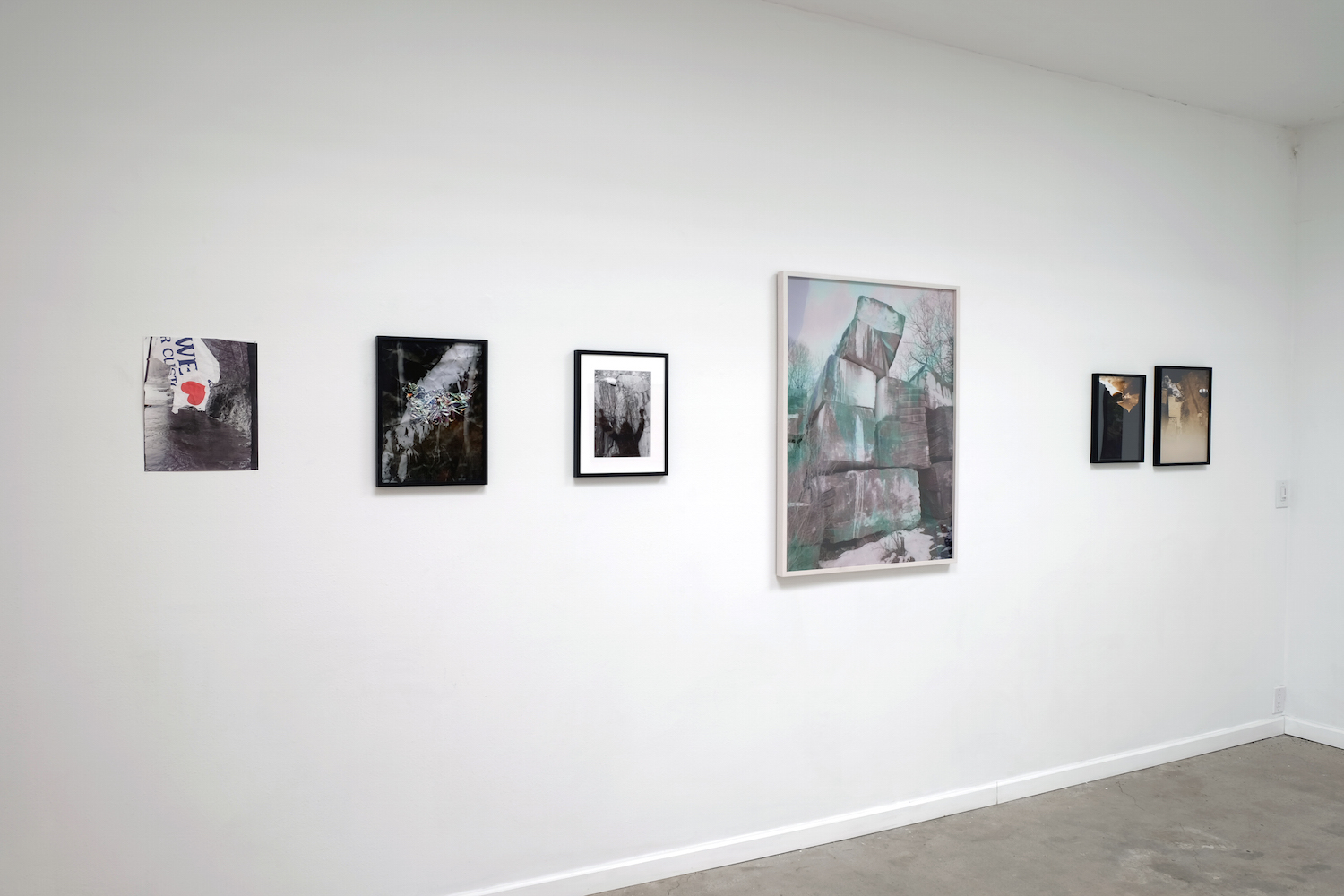
Charlie-Rubin at Kopeikin Gallery
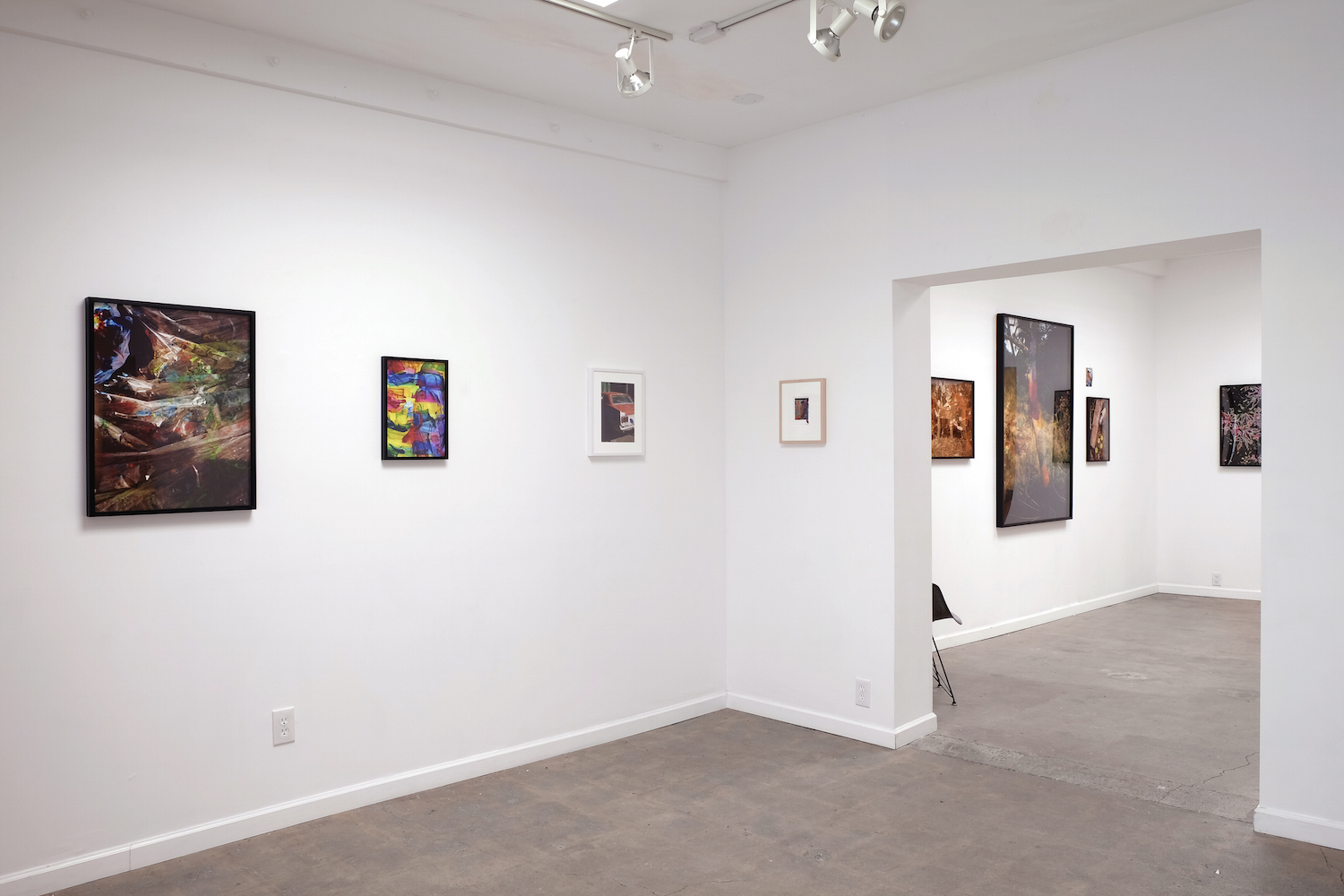
Charlie-Rubin at Kopeikin Gallery
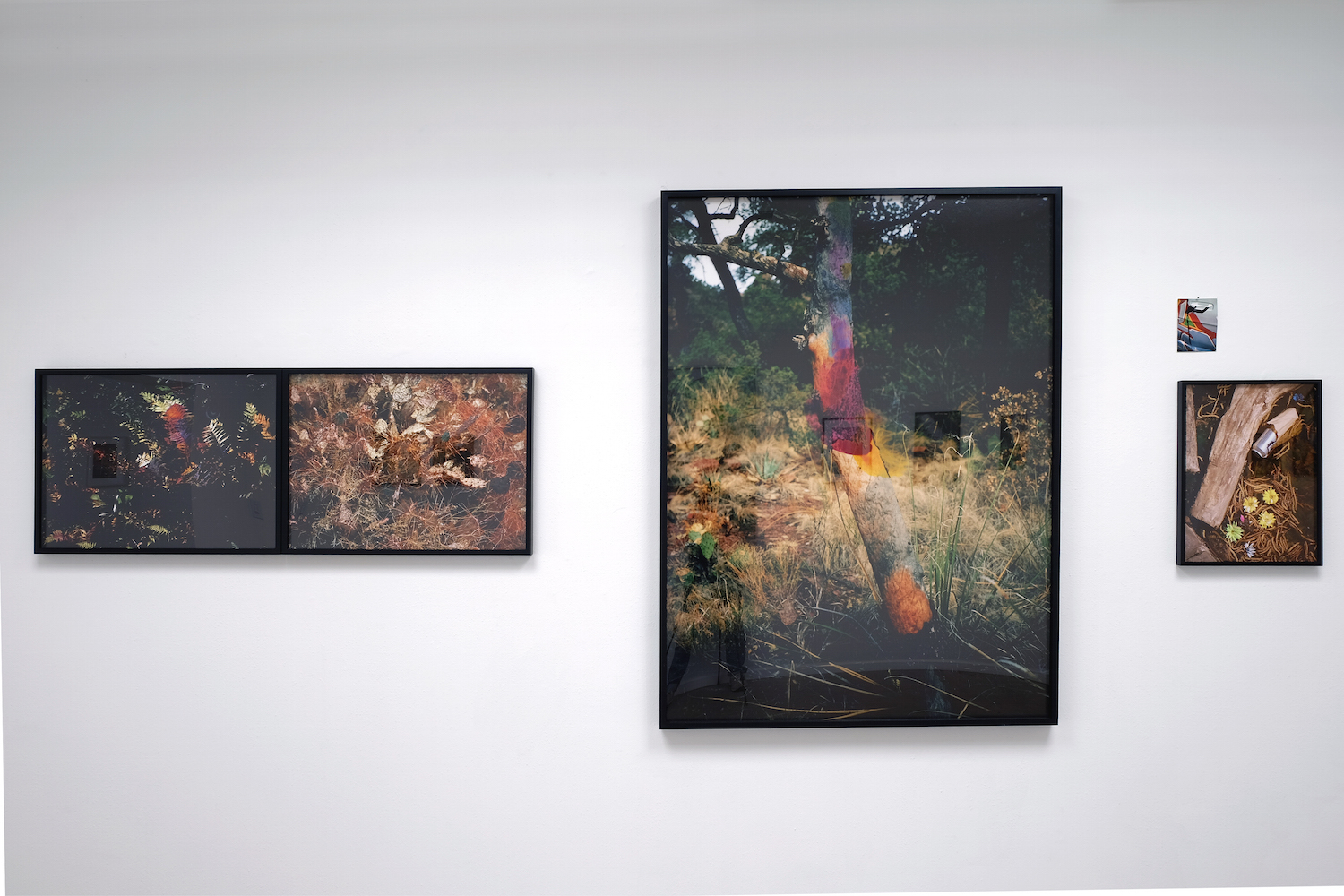
Charlie-Rubin at Kopeikin Gallery
Charlie’s website can be found here.
